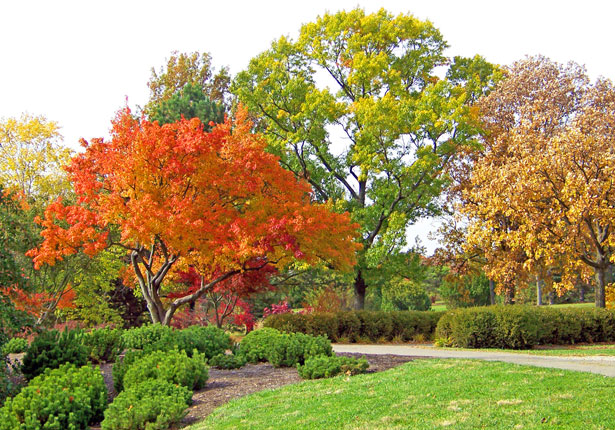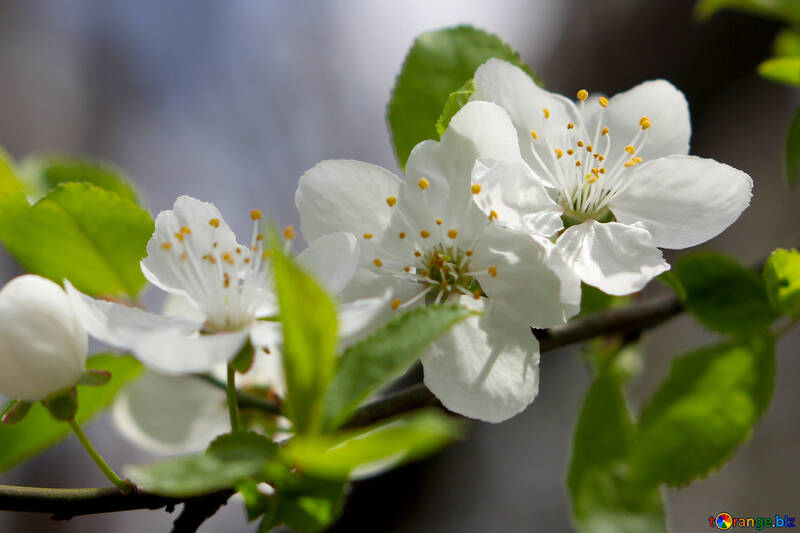Assembling The Problem For Planting Trees
Continuing on that very same note, getting rid of too much live tissue is bad for trees no matter where it comes from. Industry requirements recommend never ever to eliminate more than one-third of a tree's living branches in a single season. Prudent arborists try never ever to eliminate more than one-fourth. The tree loses substantial prospective energy production and large amounts of kept energy (in the type of sugars and starches)when we take more than that. At the very same time, it should use up energy to seal over the various wounds developed. All the while, the tree needs to continue to support remaining branches and roots. The tree is forced to depend on kept starches and sugars, depleting reserves. A tree that is overpruned thus ends up being more prone to dying as a result of outdoors stressors, such as drought, pests, or illness.
The appropriate technique is to prevent removing more than one-fourth of a tree's living canopy in any one year. If bigger quantities should be gotten rid of, it is much better to minimize the targeted limbs gradually over two or more years. When big amounts of green tissue need to be pruned from a tree, it is best to wait until the tree is inactive in the winter, or nearly so in the summertime. After a severe decrease, a tree ought to be delegated recover at least 2 years prior to any additional pruning is done.
"Lifting" a tree's canopy, likewise called "limbing up," is a needed part of a tree's life in city environments. Branches that are too low can harm cars and trucks, homes or other structures. When low branches extend over a street, passing vehicles can break them off the tree, which is much more ravaging to the tree (not to discuss the car) than is a pruning cut. When the tree is low over a walkway or yard, people can be hurt and turf yard can suffer.
Though excellent arborists routinely lift low canopies, it is important to avoid doing too much at one time. A great guideline is that, when seen from a range, the bottom one-third of the tree ought to be stem and the top two-thirds ought to be canopy (branches and leaves). Having more low branches is not a problem for the tree, however having less implies the trunk will have less taper, hence be more vulnerable to breakage (see "Lion-tailing," expert tree service above). Likewise, the lost leaf area will lead to diminished energy production, requiring the tree to rely on kept energy reserves (see "Overpruning," above).
When low tree branches on a young tree dispute with the above standards, the correct method to handle the problem is to cut the problem branches off slowly over 2 or more years. By taking the ends of the low branches back to a lateral, we slow the growth of that branch and the tree sends out more energy to higher branches, but the low branch still adds to the advancement of strong taper in the stem till it is eventually gotten rid of. As higher branches develop and take a more dominant position in the tree, the low limbs are typically shaded out and die naturally, which is much less damaging to the tree.
When a branch is removed from a tree, it is very crucial that it be done properly. A common misconception is that we must cut the branch as close to the stem as possible so that the tree can faster heal the injury. In reality, this practice is devastating to trees. When a brand-new branch sprouts, its parent forms unique tissue around its based called a branch collar. This tissue inflates around the new limb the way water in a stream swells around a large rock. Flush cuts remove this tissue, compromising the tree's capability to grow new wood over the outside of the wound. In fact, some flush cuts never totally close, exposing the interior wood to decay and illness organisms. Often, some tissue will eventually cover the wound, but not before cracks have formed in the wood. These fractures are concealed from view, and in some cases even the best arborists can not see the defect till years later when the branch breaks.
The correct method to prune a branch is to cut it simply beyond the branch collar. This will make a nearly circular injury in a lot of trees, which is a smaller location for the tree to cover. Luckily for those of us who prune trees, it is likewise the shortest, easiest cut to make most of the times. The result will vary from a little bump at the base of the cut to a short, stubby protrusion, depending upon the types, the age of the branch, and specific genes of the tree. A qualified eye rapidly finds out to distinguish the proper place and angle of a great pruning cut. An untrained eye frequently makes bad cuts that can result in issues later. Though leaving too much of a stub is not a preferred practice, leaving too much is less harmful to the tree than not leaving enough. When in doubt, cut stubs a little long and wait to see how the tree responds. You can always take more off later on if necessary, however you can never put it back.

It used to be common for tree workers to rise on spikes, also called gaffs or climbers. These are metal points that strap to the inside of the climber's boots. The climber stabs them into the wood and they permit him to step up into the tree. We have plenty of research study now to tell us this practice is really harmful to trees. Each of the entry points ends up being a possible source of decay and/or illness organisms. In the short term, the tree will hardly ever show any indications of damage, however, years later, the tree can break or pass away from problems associated with being surged.

The appropriate technique of rising a tree is either to climb up with a rope and harness, or to climb into the canopy with a ladder and then set up an approved rope-and-harness system. The only times when a climber need to rise a tree on spikes is when the tree is being eliminated, or when an emergency requires quick ascent to save an injured climber. Even lots of saves can be carried out without spikes, however a few scenarios might develop that would make them the best choice in an emergency situation. At all other times, spikes must be left on the ground.